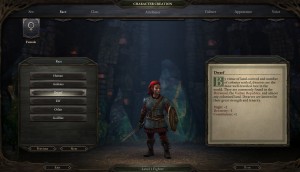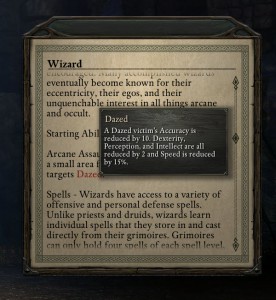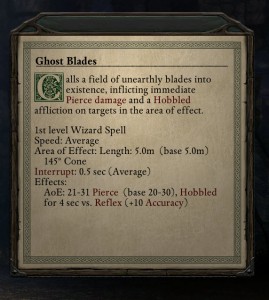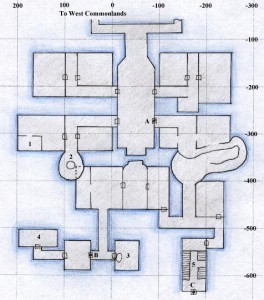 Part of what I did during my week off was pour a huge amount of time into my second playthrough of Persona 4. It’s basically a high-fidelity visual novel with an elaborate dungeon-crawler minigame. I love it.
Part of what I did during my week off was pour a huge amount of time into my second playthrough of Persona 4. It’s basically a high-fidelity visual novel with an elaborate dungeon-crawler minigame. I love it.
It handles social interactions in a really interesting way. Whereas in a lot of RPGs, there’s no real limit to the amount of talking with friends/party members you can do, in Persona talking with someone takes time, and you have a set amount of time (one year, game time) to make friends, build skills, and do… pretty much everything you want. On top of that, everyone and everything has their own schedule and may or may not be available at different times. It’s actually impossible to fully complete the game on the first playthrough, because you have to spend time building up skills like Courage, Understanding, Knowledge, Diligence, and Expression, many of which are necessary when dealing with other people.

My playthrough was a New Game+ run, which lets me start with the money, the weapon unlocks, the stats, and the persona compendium (like a pokedex, except you can summon your pokemon from it for a fee) that I’d built up in the previous run. This saves a LOT of time building up stats and farming equipment, money, and personas, letting me focus on the relationship side of things (Social Links, in-game).
The difference is pretty stark between the normal game and NG+. There are at least five social links I missed entirely on my first playthrough, and several more that I started but didn’t complete. There’s also an entire bonus dungeon that I missed the first time through and a secret boss that I’ve now missed twice, because my timing sucked. Some of the choices you make also pretty heavily influence dialogue, so I got some very different responses from characters than I did in my first run. The structure is all the same, but the second playthrough gives me a lot more freedom to explore, and say things/make choices that I couldn’t have made previously.

All of the time spent with the characters wouldn’t be worth a lot if they weren’t good characters, and P4 has some excellent ones. I think the game suffers a little bit from introducing four party members very quickly, two of which are easily unlikable (one of which I find annoying at the start and despise utterly by the end of the game) and one of which is kind of bland and trope-y. Of the [Yosuke, Chie, Yukiko, Teddie] group at the start of the game, I really only like Chie. The others (not Teddie) get deeper and more interesting later in the game, but it takes a long time, and by then you have other, more interesting party members.
The above song is stuck in my head now. It’s a mild spoiler, but the game tells you up front, within the first few lines, that you’ll be around for a year and then will be leaving. This means that, right near the end (winter in the game), you’ve made a whole bunch of friends and are coming to terms with your dwindling time remaining with them. The overworld theme, that you hear as you run around, is replaced with Snowflakes in P4 Golden (the Vita version), which adds a bunch of content included an extended ending (lasting an extra month).
That extra month serves as a lengthy denouement to the game, bringing you from the final (?) boss to the end of the game, giving you ample time to wrap things up and tie up any loose ends you might have, or just enjoying the company of your friends in the game (even if you’ve maxed out their social links, they have more stuff to do and say in the denouement). It’s savagely bittersweet and one of the best endings to a game that I’ve ever played.
It’s something I’d like to see more of in RPGs. The extended denouement really wraps up the story nicely, far better than a boss battle -> 5-10 minute cinematic -> end credits cycle does.
I’d be a proponent of moving the final boss battle forward about 10-15% in a game, and turning that ending section into post-victory endgame, where you get to spend some interactive time enjoying your victory.











.jpg)

